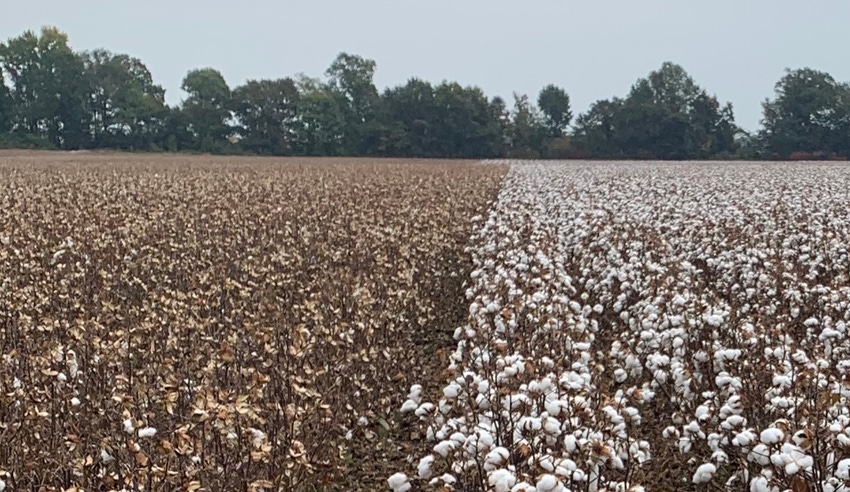
You may have heard the story about the woman who always cut off the ends of her ham before baking it. One day her husband asked why she was wasting so much meat by cutting off the ends.
“I don’t know,” she answered. “My grandma always did it this way.”
She called her grandmother to ask and heard laughter coming through the phone. “Honey, I always cut the ends off because I didn’t have a roasting pan large enough to hold it.”
It’s a silly story, but a great example of cultural training – a process where one generation learns through observation of the previous generation. It’s an essential means of passing on knowledge and traditions. But in order for observance to have value, the meanings behind the practices should be appreciated.
Which brings us to cotton stalk destruction.
Before this week, cutting down cotton stalks is not something to which I’ve given a lot of thought. But then I spoke with some cotton farmers who remember a time before boll weevil eradication.
They remember making 8 to 12 insecticide applications for boll weevil in a single season.
They remember putting insecticide out with their defoliation.
They remember the boll weevil putting farmers out of business.
The story of boll weevil eradication is nothing short of remarkable – made possible by a lot of effort and millions of dollars out of cotton farmers own pockets. After years of struggle, keeping boll weevils away now only requires the prompt cutting of cotton stalks after harvest. This eliminates hosts where a stray boll weevil could overwinter.
Compared to past control measures, it seems a relatively simple task. But some farmers are worried the fervor has been lost.
“Last year I noticed some cotton stalks weren’t cut in a timely manner,” said Harry Flowers, a cotton farmer near Clarksdale, Miss. “Some of our younger farmers may not realize how devastating the boll weevil can be, how much it costs to control, and how much cotton can be lost.”
Flowers remembers the destruction and the costliness. Around the time he started farming, it’s estimated one-third of all pesticides applied in the United States went on cotton for boll weevil management.
“We just don’t want anyone to become complacent,” he added.
Chances of boll weevil re-infestation are slim, and most farmers do a good job of cutting stalks shortly after harvest. However, it’s important to remain vigilant. Remember, the non-native boll weevil made it here once. It could do it again. Promptly removing stalks eliminates an over-winter host and could prevent a repeat of past devastation.
It’s also important to teach the next generation the significance of cotton stalk destruction. Don’t let them observe this task without understanding why it must be faithfully carried out. Unlike the ham story, this is a vital practice, and it’s good to be reminded why.
About the Author(s)
You May Also Like






